Symbolism of Eels
By MissT/Myth_is_a_Mirror
Snakes have long symbolized fertility across many ages and regions. One can look to the ancient ouroboros - a snake as a perfect circle, the womb-like mouth biting the phallic tail. The serpent in the garden of Eden has its own sensual connotations. In some Greek myths, Hades disguises himself as a snake to impregnate Persephone with twins.
Apart from the Furies’ hair and a few small details, snakes do not appear often in Lore Olympus. What does appear are eels. In episode 72, Hecate weaves a tapestry of an eel (or snake in water) as she tells Hades of the first night he and Persephone met.
Earlier, in episode 53, Persephone is left alone during her tour of the Underworld. She finds herself drawn to the giant aquarium full of dark eels, going so far as to cuddle one in her arms. Even when she is called away, they follow her behind the glass.
What could the eels symbolize?
In Oceanic folklore, eels often symbolize fertility and tricksters in the same way snakes do in other cultures. In Tonga, an eel seduces the virgin goddess Hina. In Samoa, a king disguises himself as an eel to befriend the beauty, Sina. Similar stories are found in Bali, Micronesia, and even New Zealand, home of Rachel Smythe.
In Māori mythology (New Zealand), taniwha often take the form of eels. These beings live in deep pools, dark caves, and places with dangerous currents. They are often highly respected as guardians of specific people or places. However, in other traditions, they are predatory figures who kidnap women to have as wives.
Sound familiar?
Eels (and snakes) represent a strong duality, two things which do not seem complementary but are - the beginning and the end, a protector and a predator, beings both dangerous and fertile. In that light, the Greek myth of an underworld king who takes a maiden goddess of spring as his wife is not so far-fetched a comparison, especially when Lore Olympus shows us that Persephone embodies as much darkness as Hades does a hidden light.
this essay is an interpretation of the writer
Hat tip/Inspired by: This tweet from @teetheminx on Twitter.
Source: Lore Olympus on Webtoons, Wikipedia, and the Continuum Encyclopedia of Animal Symbolism in Art by Hope B. Werness (2006).



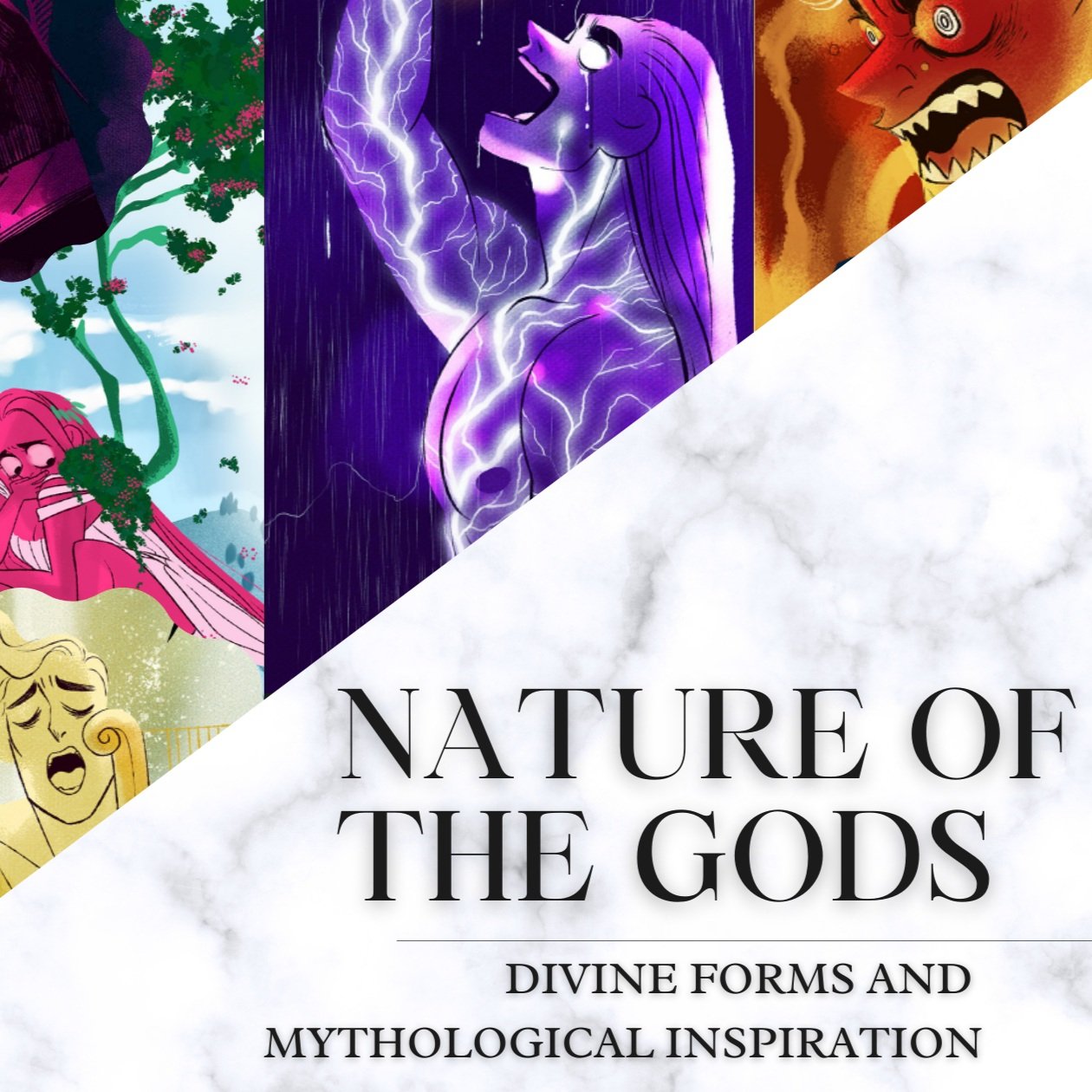
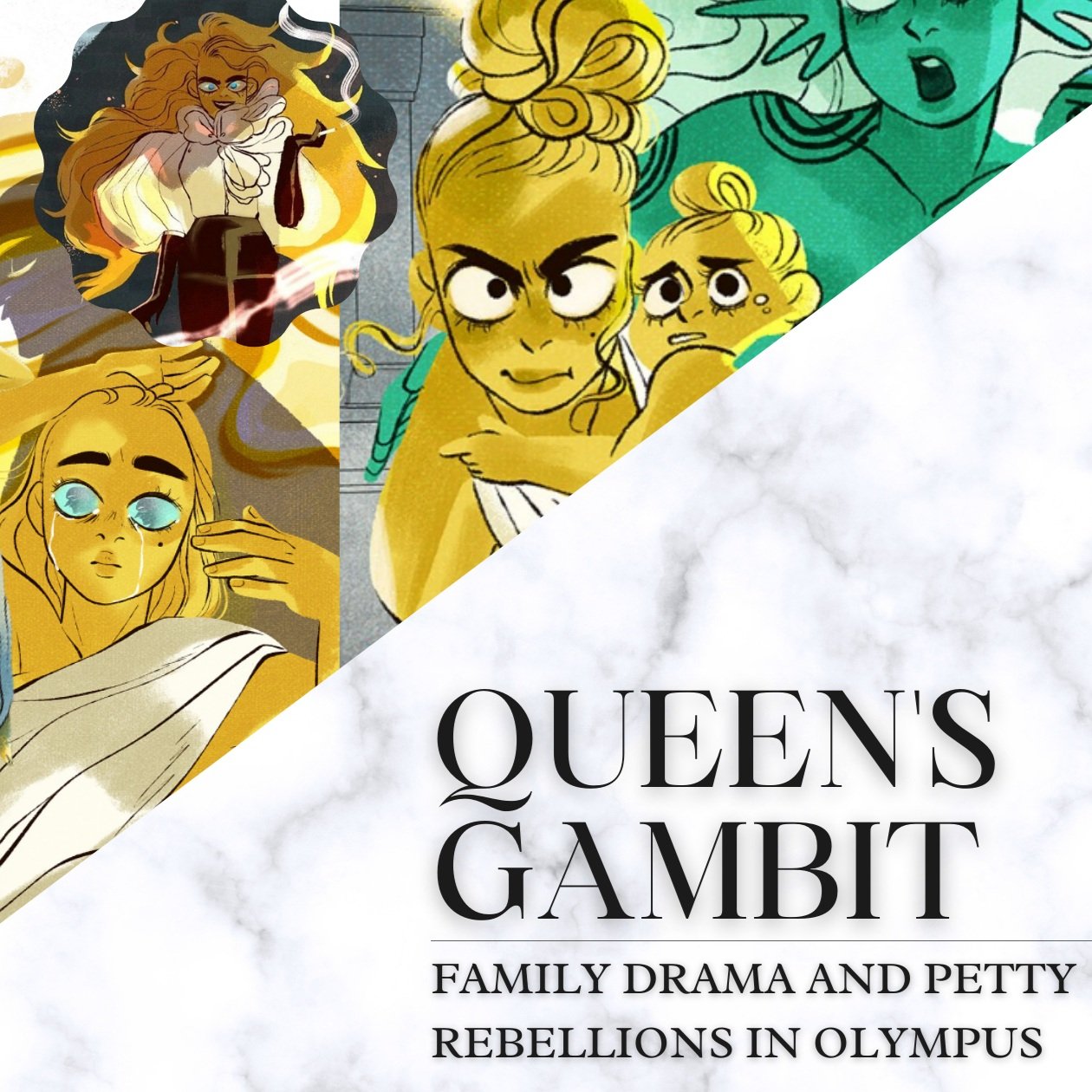
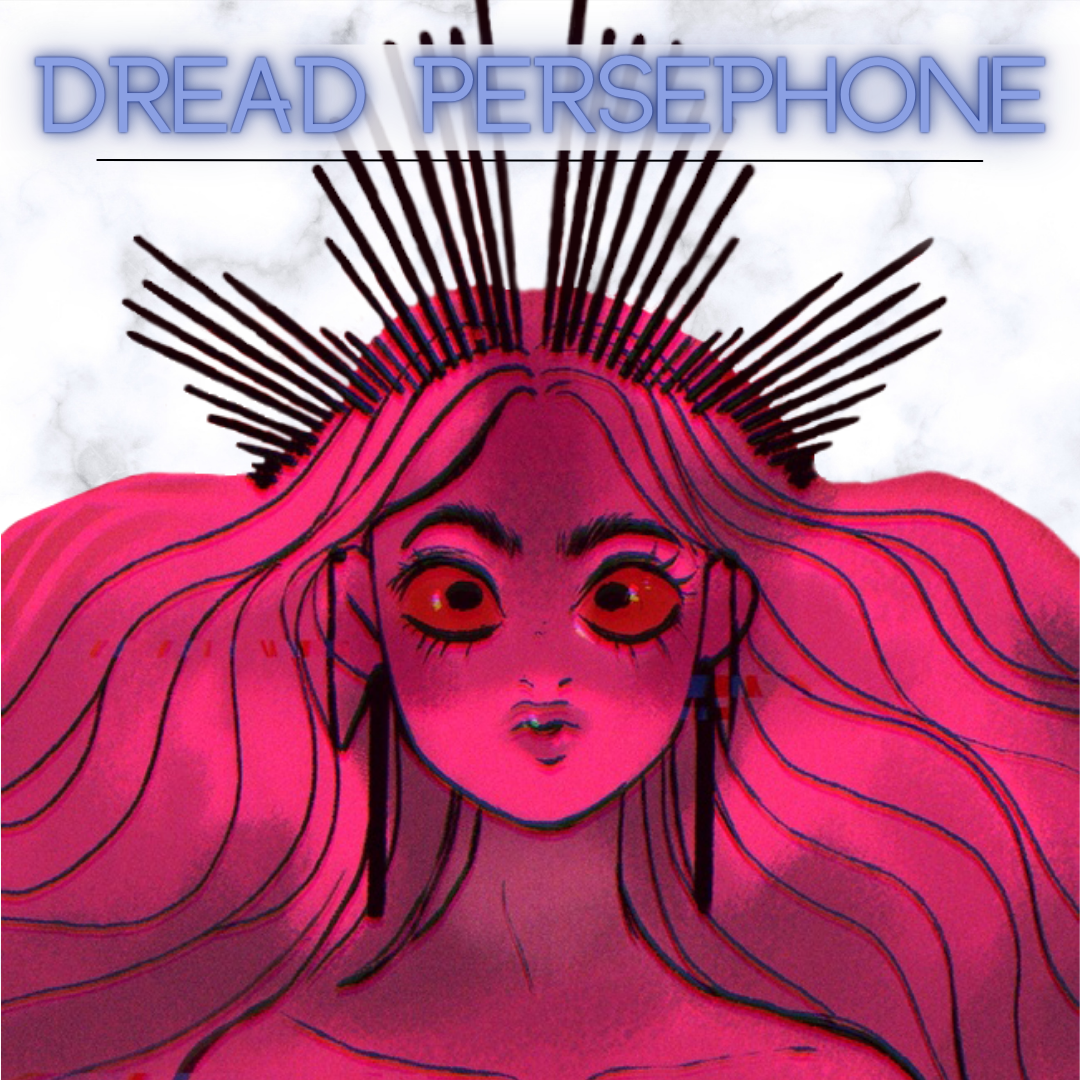



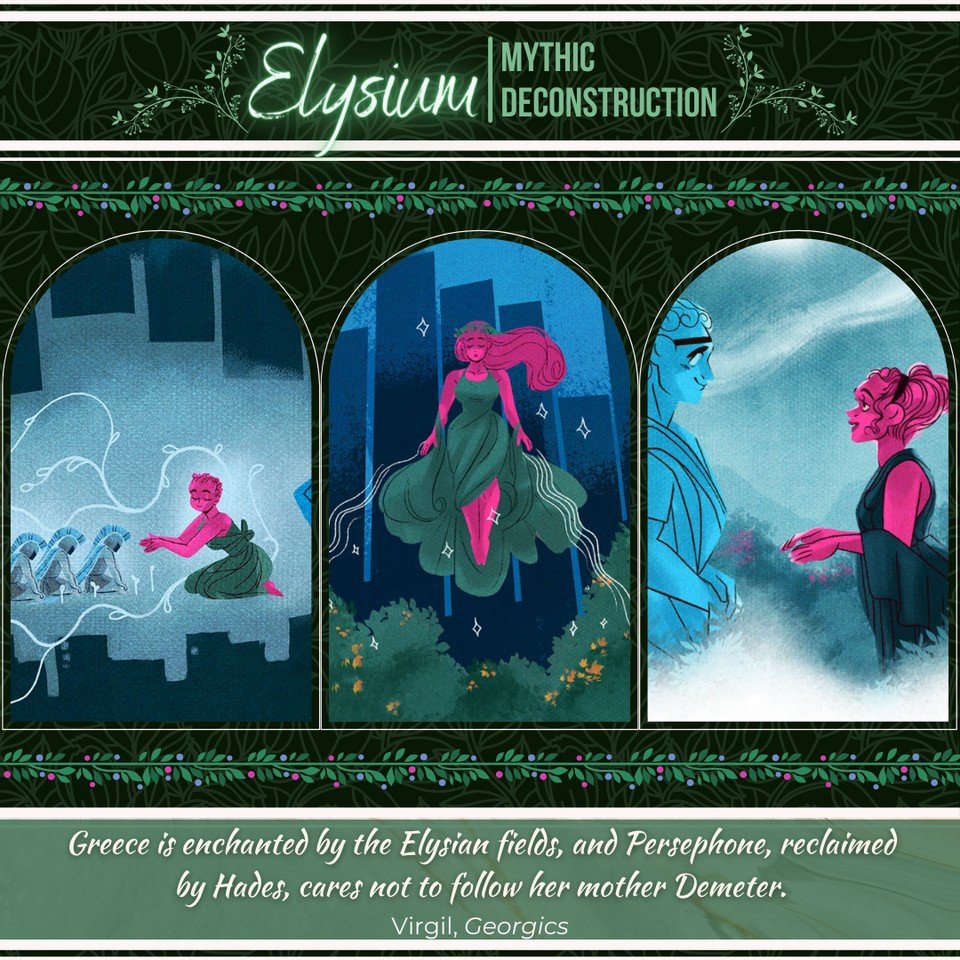
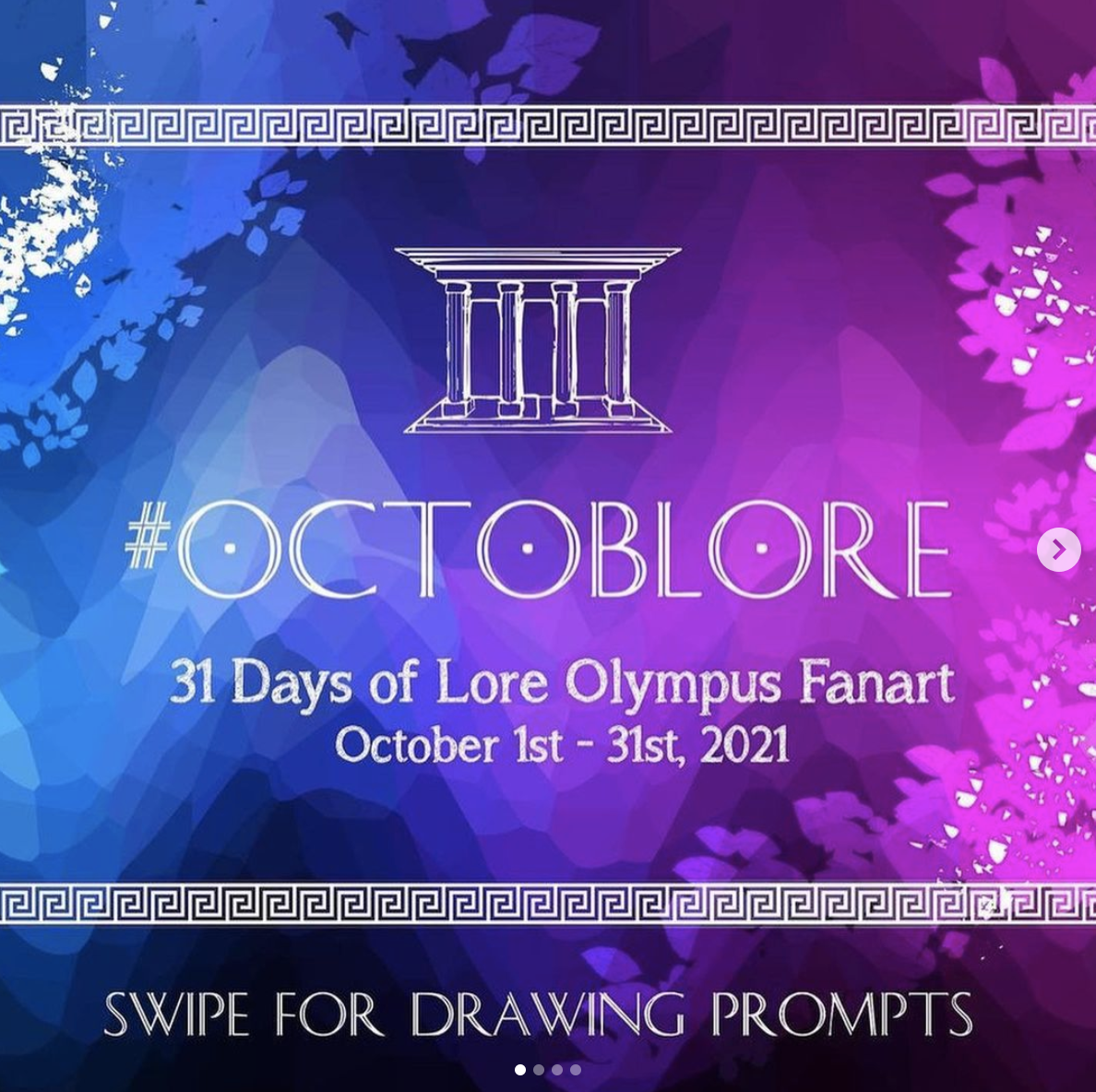
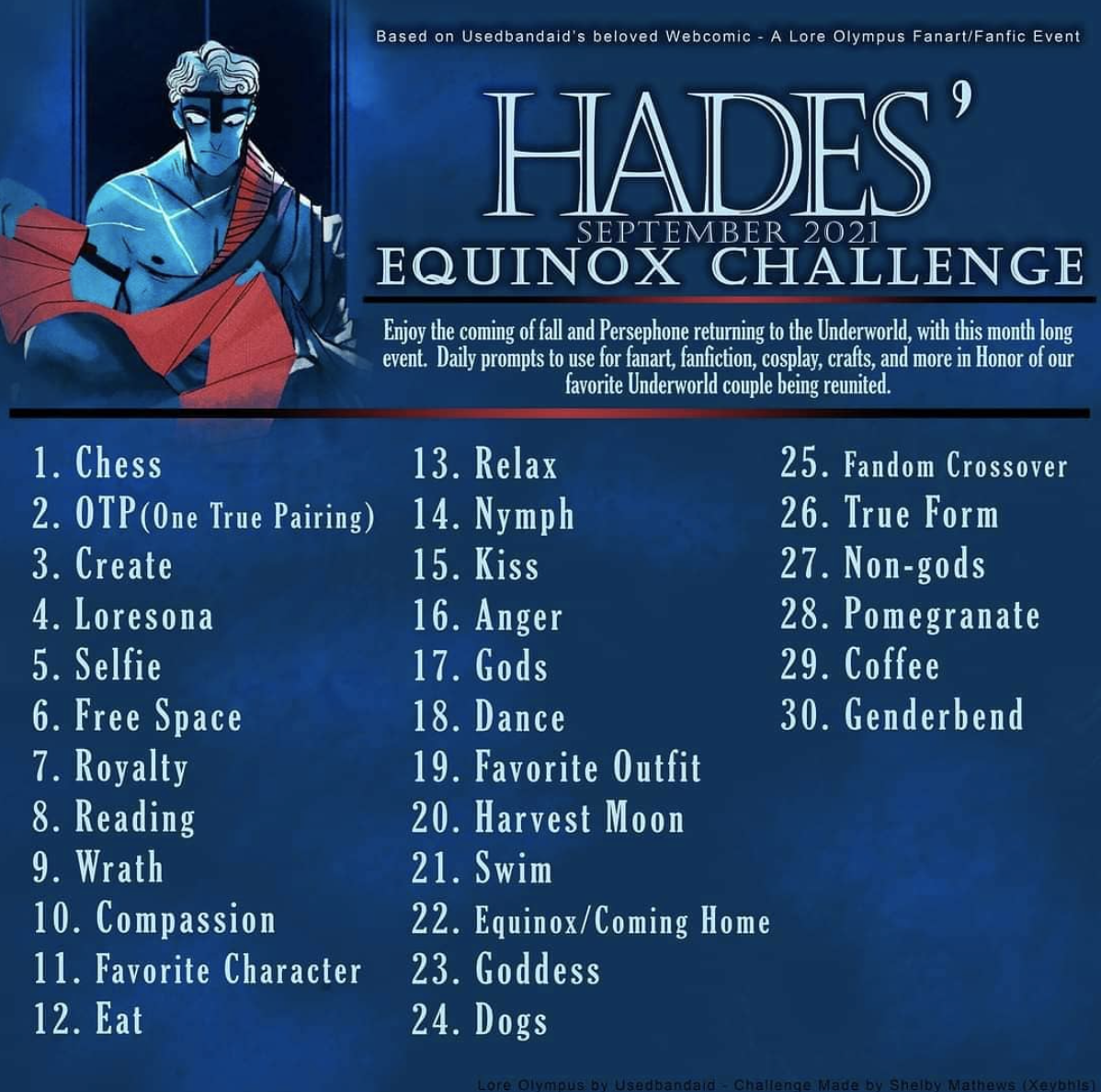


Our go-to retellings and recommended sources for all things Greek mythology - from books to websites to podcasts.